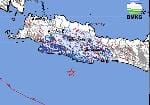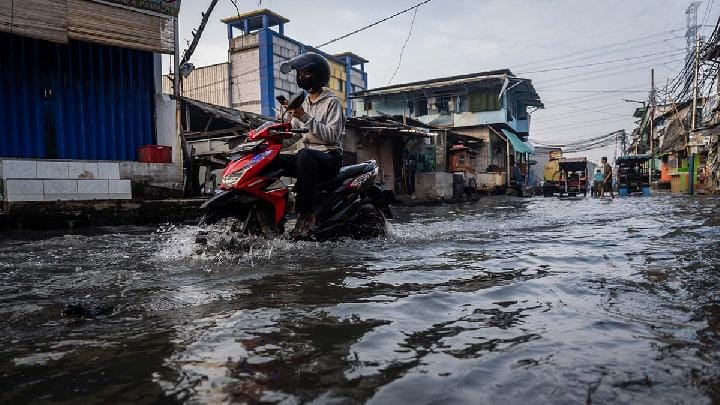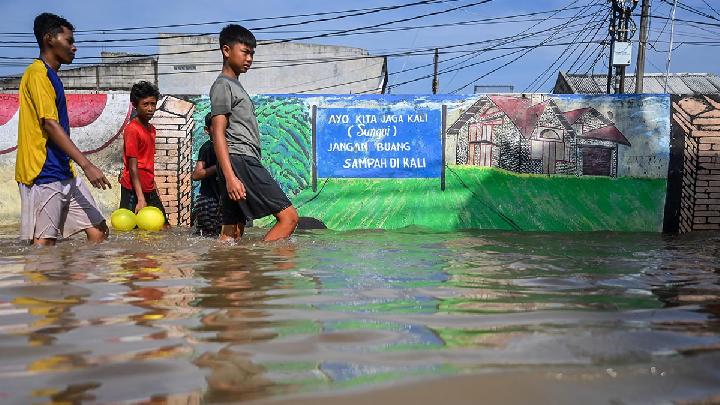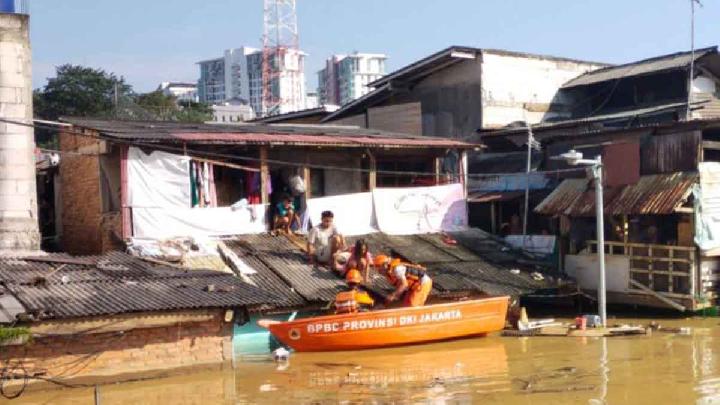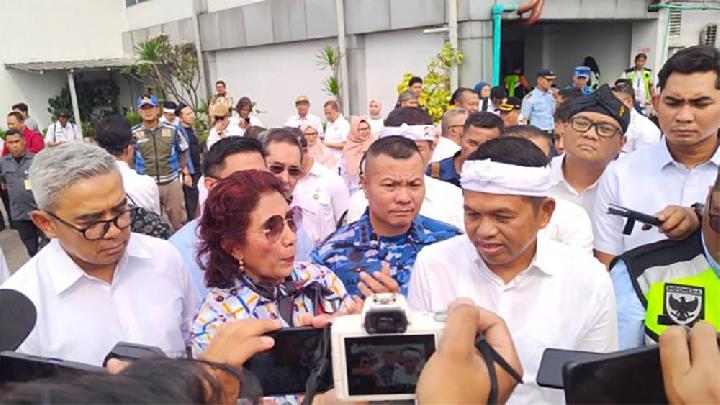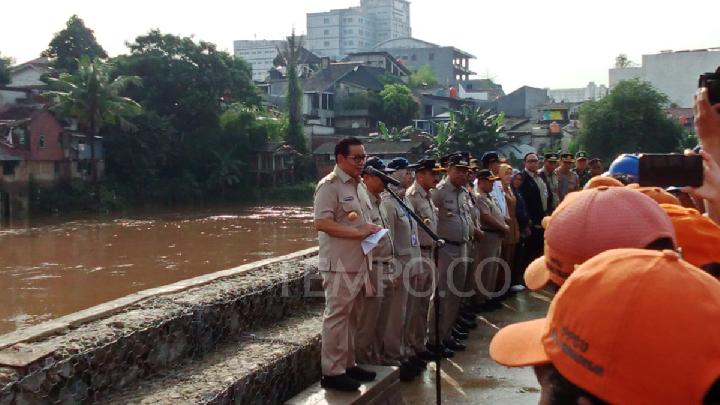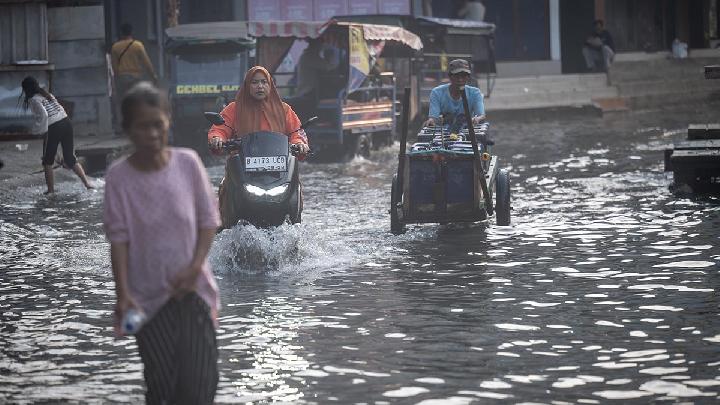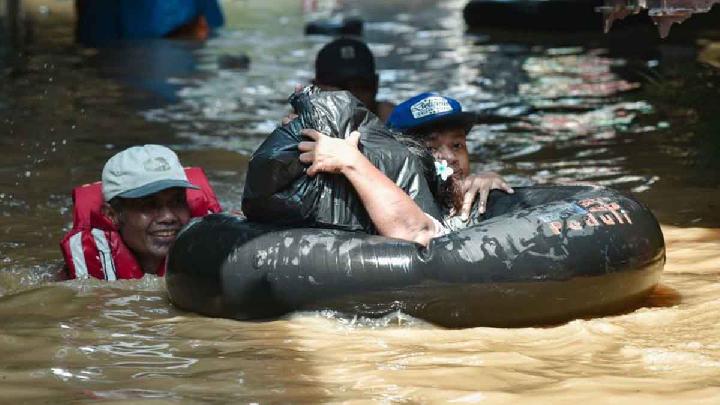5 Methods of Flood Mitigation in Densely Populated Urban Areas
Reporter
March 5, 2025 | 08:34 am

TEMPO.CO, Jakarta - Flood mitigation in urban areas poses a significant challenge with the increasing population and infrastructure development. Floods in urban areas are caused not only by natural factors but also by human activities that exacerbate environmental conditions.
The increase in impermeable concrete surfaces and the limited areas for water infiltration are the main factors causing floods. Therefore, mitigating floods in urban areas requires a comprehensive and sustainable approach.
You can contribute to this effort through simple steps, such as disposing of trash properly and increasing green areas. Additionally, proper spatial planning and effective drainage systems also play a crucial role in reducing the risk of floods.
Methods of Flood Mitigation in Urban Areas
Flood mitigation in urban areas requires a combination of various methods to ensure the environment remains safe and sustainable.
Based on the journal 7 Penyebab Banjir di Wilayah Perkotaan yang Padat Penduduknya (7 Causes of Floods in Dense Urban Areas) written by P. Nugro Rahardjo from the Environmental Technology Center, BPPT, here are the methods.
1. Consistently Implementing Environmentally Friendly Development
Improving and maintaining drainage systems from upstream to downstream needs to be done comprehensively and in a coordinated manner. This effort requires cooperation between regencies or even between provinces, especially in formulating environmentally friendly Regional Spatial Planning (RTRW).
Furthermore, the management of riverbanks and enforcement actions also play a crucial role in maintaining the river's capacity. Limiting the land area that can be built to 70 percent of the total area is quite effective in preventing the reduction of an area's capacity to hold rainwater. The remaining 30 percent of the area should be designated as Green Open Space (RTH) and must be adhered to by all land users.
The preservation of green areas in upstream areas is a necessity, while compensating for the closure of open land with structures, such as building infiltration reservoirs or soak wells, needs to be continuously promoted according to the land's capacity.
2. Implementing the Water Front Villages Concept
The Water Front Villages concept places the river or riverbanks as the front yard of homes. This arrangement encourages communities to maintain cleanliness and beautify the area in front of their homes facing the river. Consequently, people become more concerned about preserving the surrounding environment of the river.
Conversely, if the houses turn their backs to the river, the area tends to be neglected and has the potential to become a dumping ground for trash or waste. This concept has been widely implemented in developed countries, where houses are built with terraces facing the river, creating a serene and beautiful natural view.
3. Implementing the One River One Management Concept
The One River One Management concept focuses on managing water balance in a River Basin Area (DAS) or River Basin Unit (SWS). This concept emphasizes that river management is not only based on administrative boundaries but also on the ecosystem as a whole.
The Indonesian government has implemented this concept through Government Regulation No. 93 of 1999, which was perfected into the Government Regulation No. 46 of 2010, by appointing Perum Jasa Tirta I and II as managers of certain river basin areas.
One key to the success of this concept is the management of upstream areas, which play a role in slowing down the flow of rainwater so that it can seep into the ground and recharge the confined aquifer, thus preventing direct overflow into the river and causing floods.
4. Creating Special Infiltration Areas
Creating infiltration wells in every house and commercial area is an effective step to prevent floods in densely populated urban areas.
Jakarta Governor Regulation No. 68 of 2005, which revised Regulation No. 115 of 2001, mandates the construction of infiltration wells with a volume of 40 liters for every 1 m of green open land that is covered or paved.
If every house has an infiltration well, this not only helps mitigate floods but also serves as an effort to conserve groundwater to maintain the availability of clean water.
In addition to infiltration wells in residential areas, the construction of reservoirs or river dams with water gates and canals at several points is also crucial for controlling the flow rate of surface water. This effort helps regulate the water flow into the river, thus preventing potential overflow that could cause floods.
5. Preventing Land Subsidence with Groundwater Injection Method
Preventing land subsidence can be done through the ground water injection method, which involves injecting water into the groundwater layer. This injection uses water with specific qualities that meet the requirements to avoid damaging the subterranean ecosystem. This process needs to be promptly implemented in upstream and downstream areas to maintain soil stability.
This concept is similar to infiltration wells but differs in its mechanism. Infiltration wells utilize gravity to naturally absorb water, whereas ground water injection uses a pump to inject water into the groundwater layer.
This method prevents permanent narrowing of cavities in coarse sandstone layers of the confined aquifer, thus maintaining the water storage capacity and avoiding land subsidence.
These are the methods of flood mitigation in densely populated urban areas. Ensure that you continue to maintain a clean environment and adopt a clean and healthy lifestyle to care for yourself and your family.
Editor's Choice: Deadly Flash Flood in Puncak Bogor Sweeps Away Resident, Triggers Landslide
Click here to get the latest news updates from Tempo on Google News











